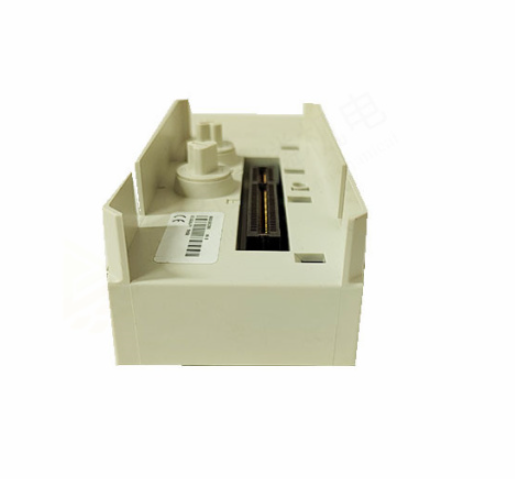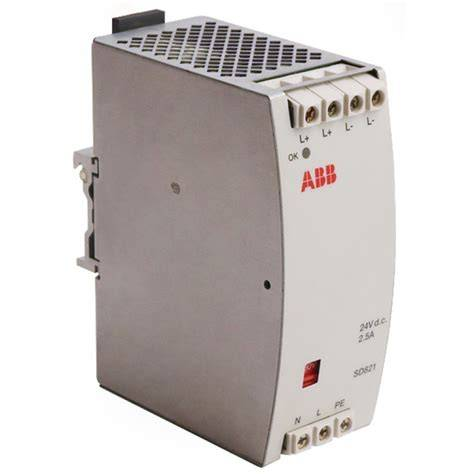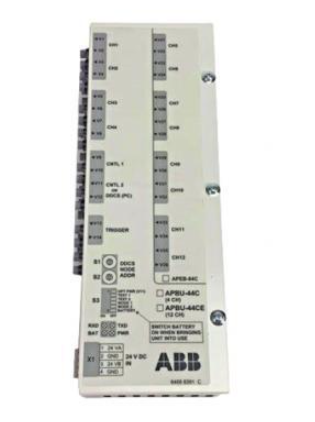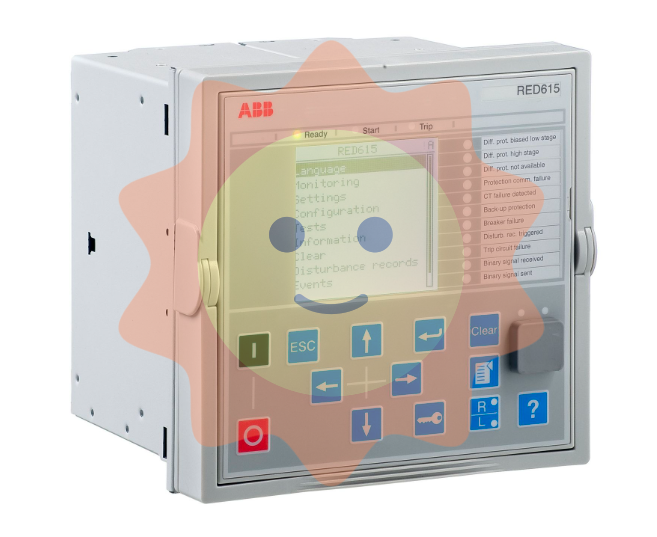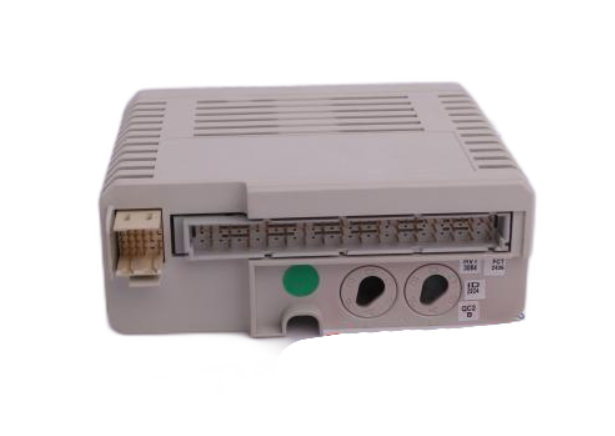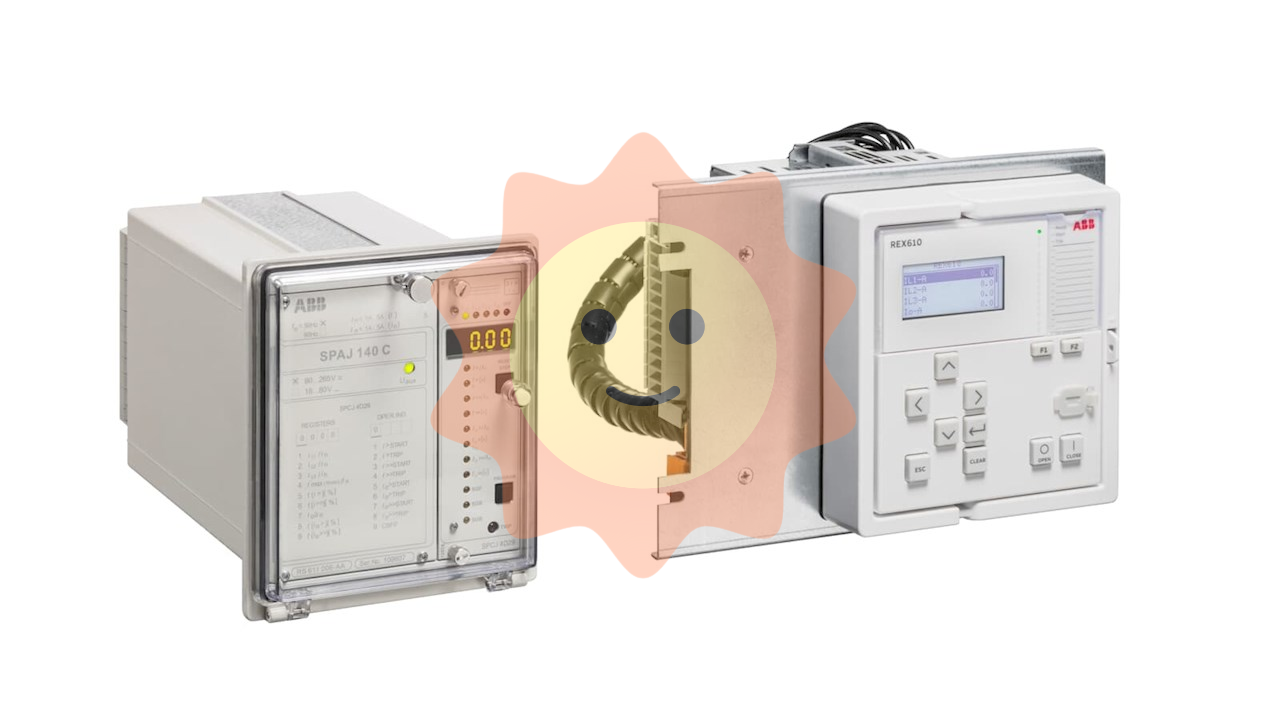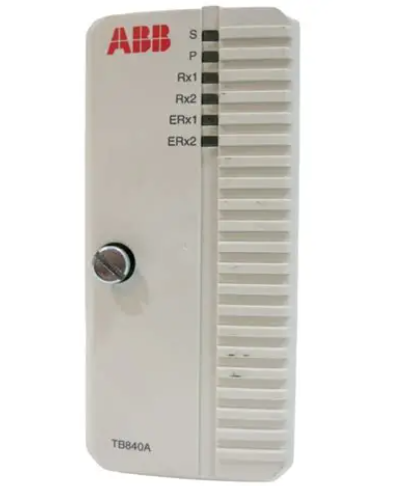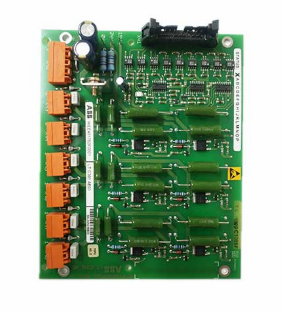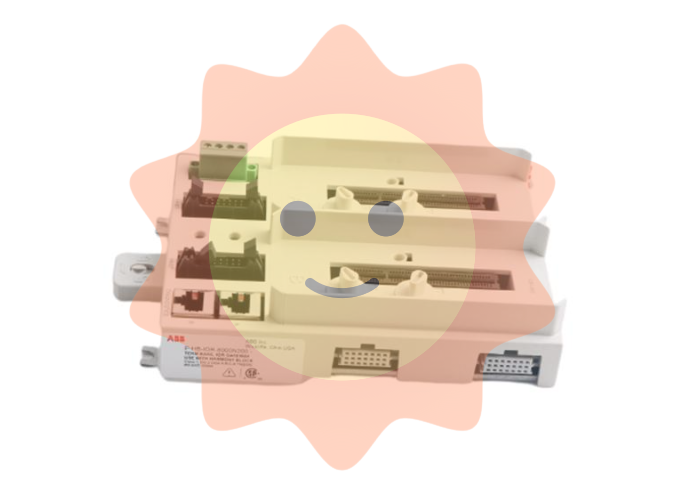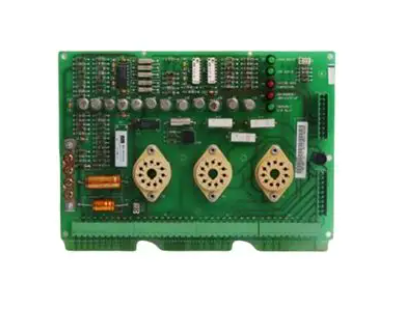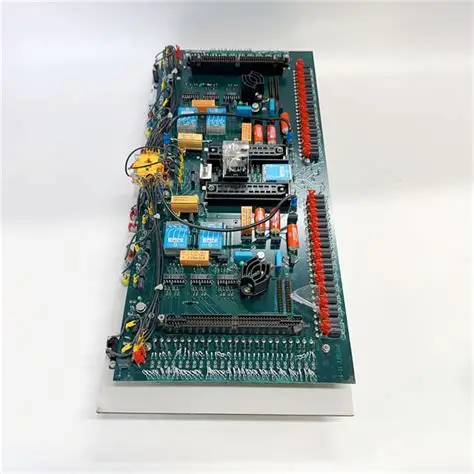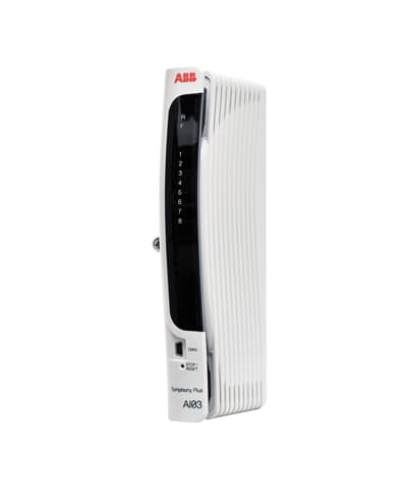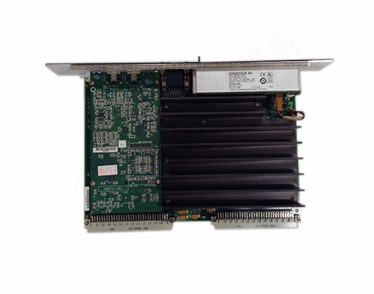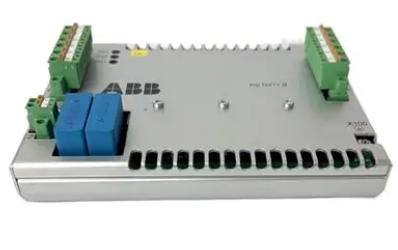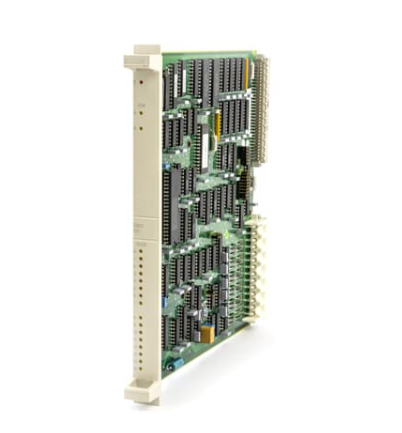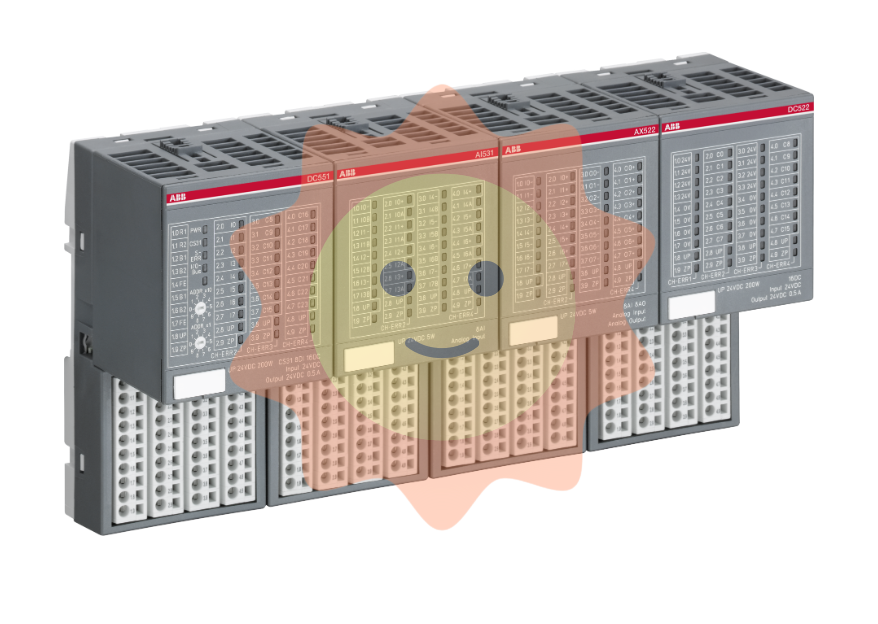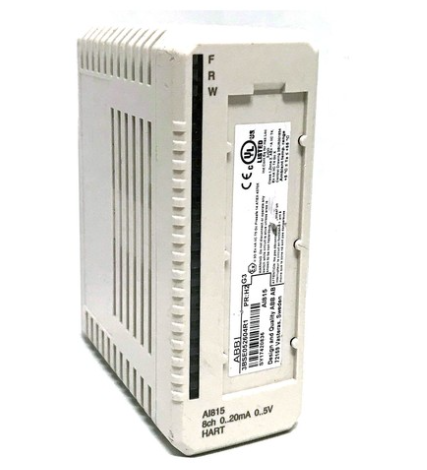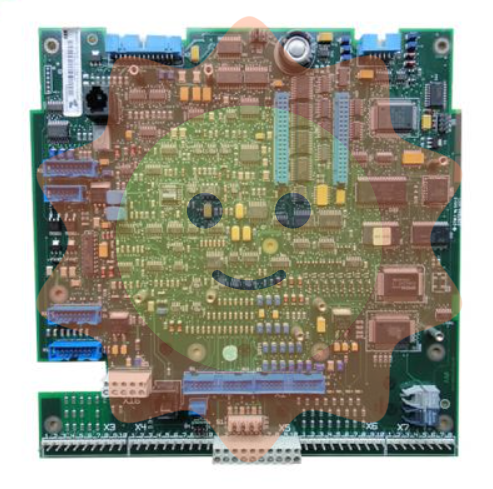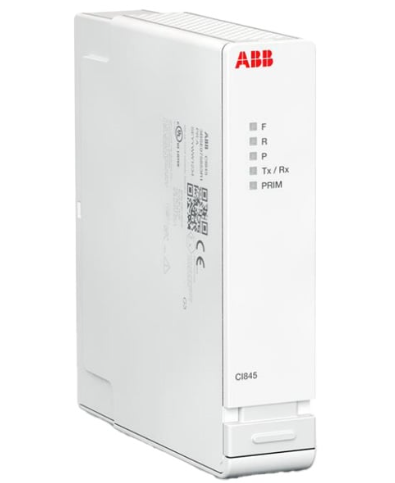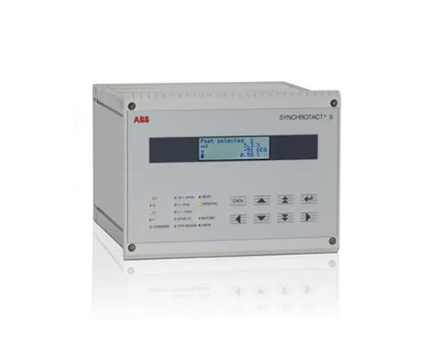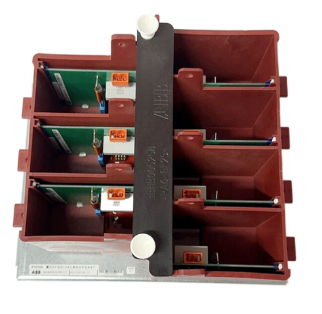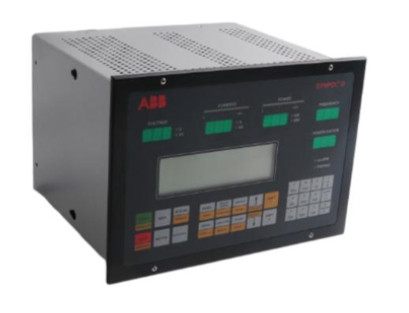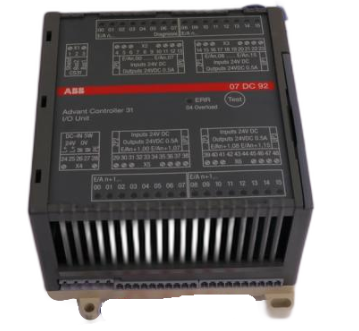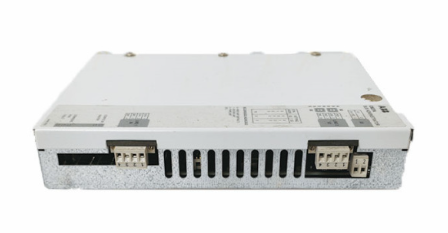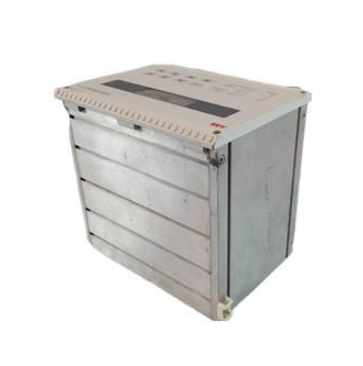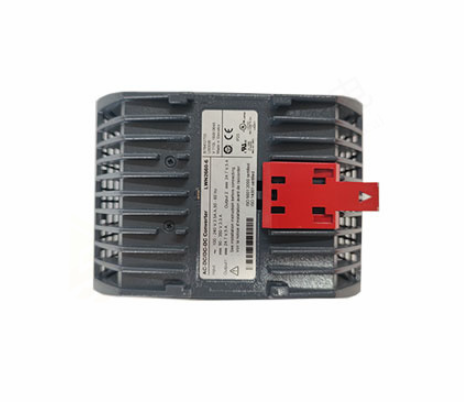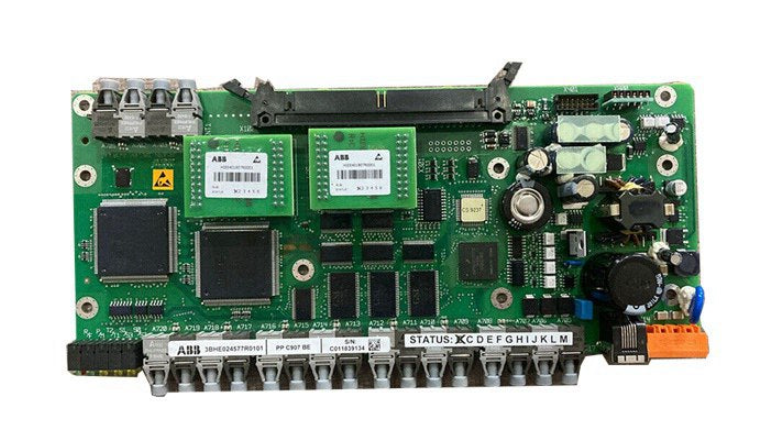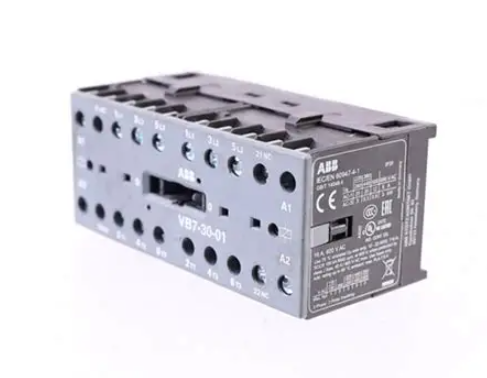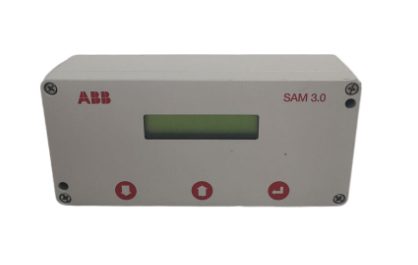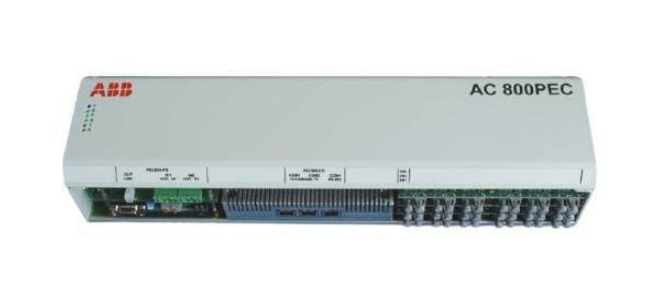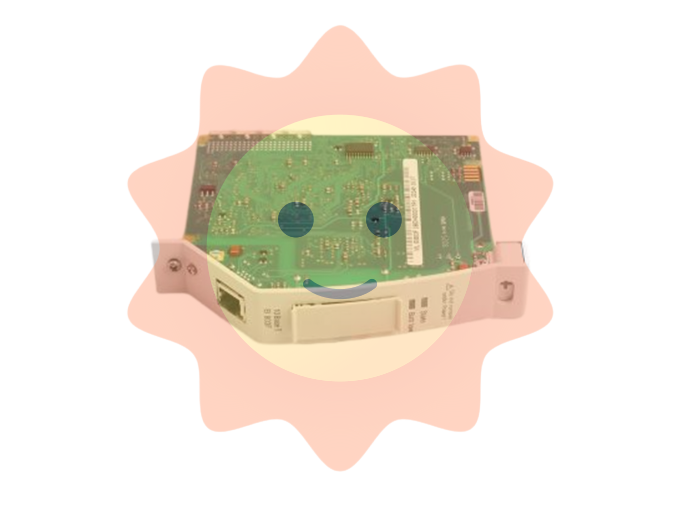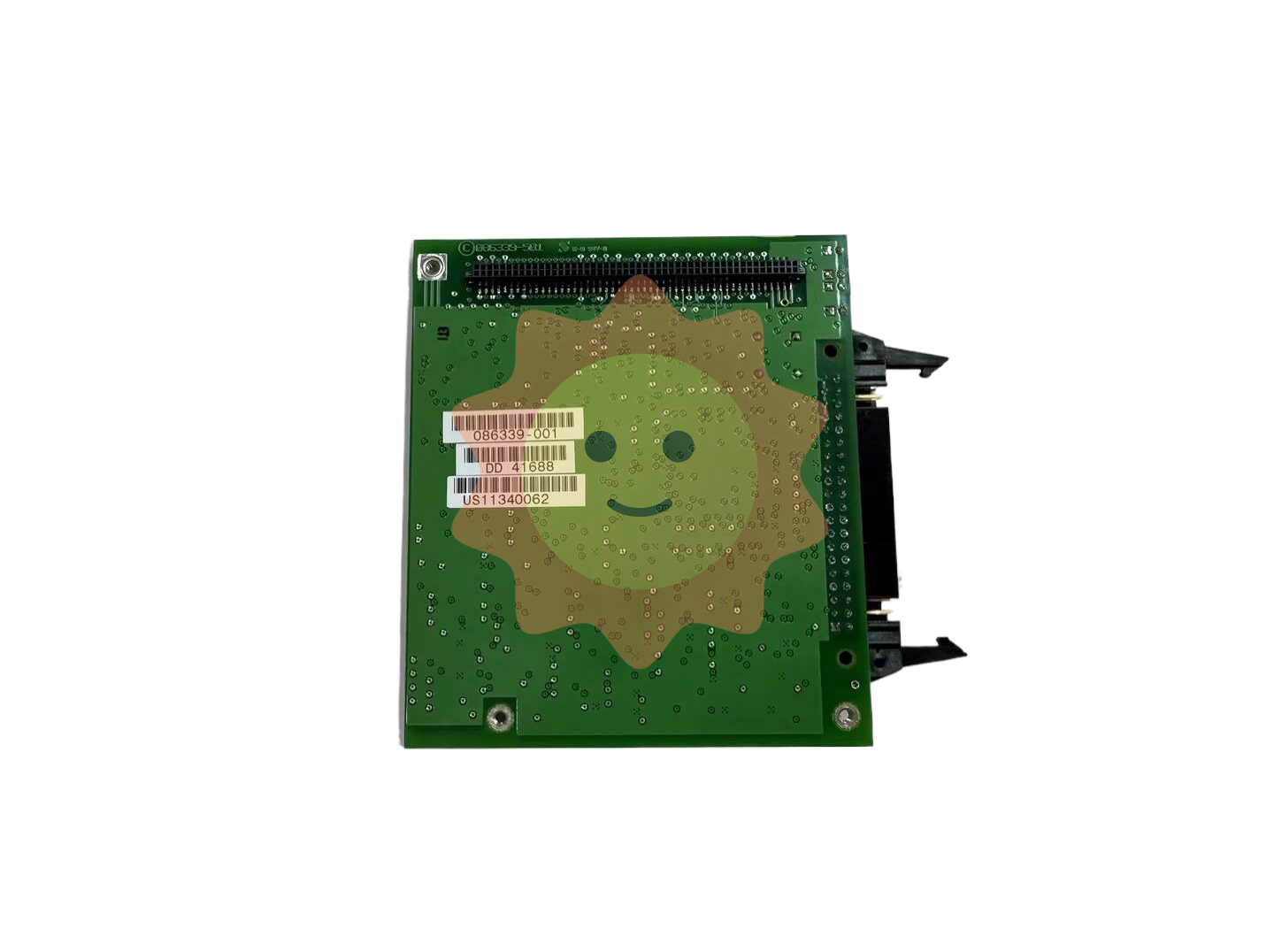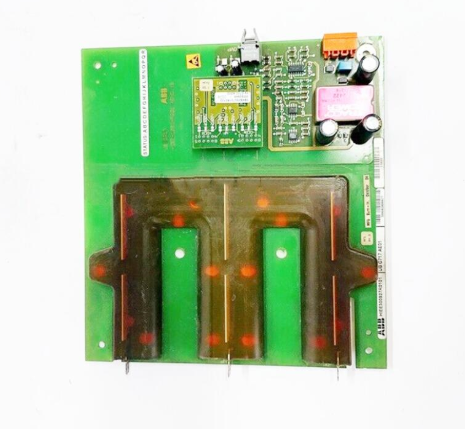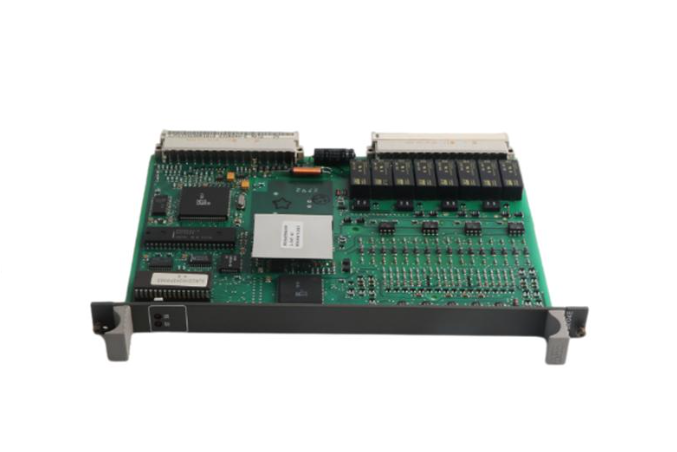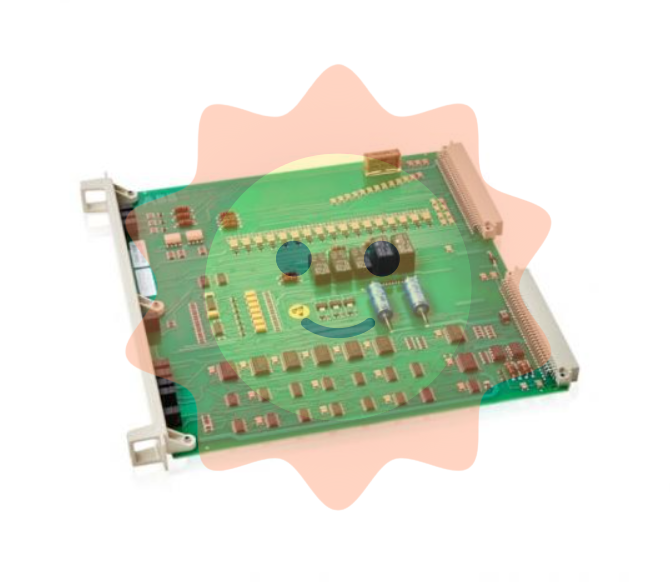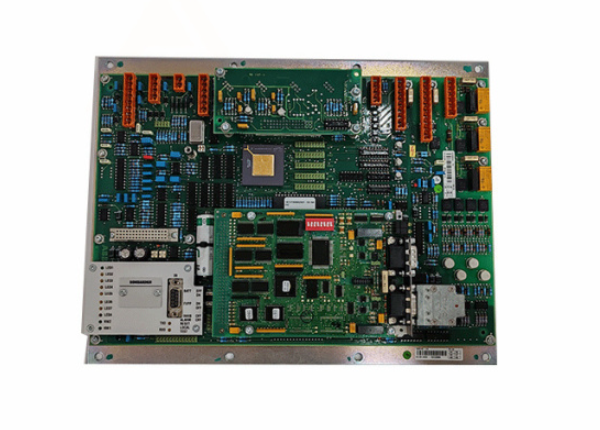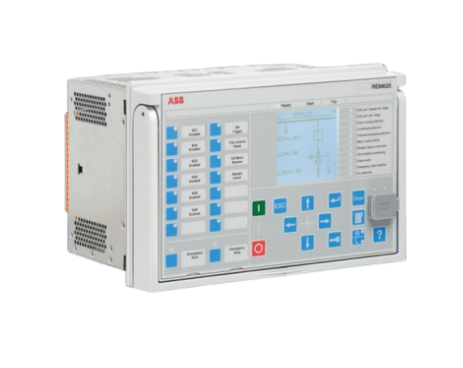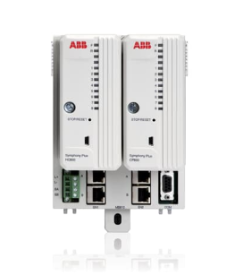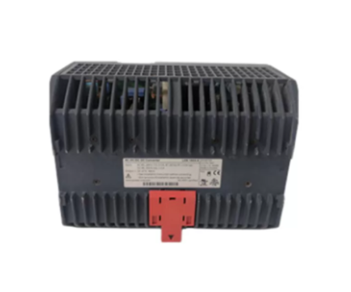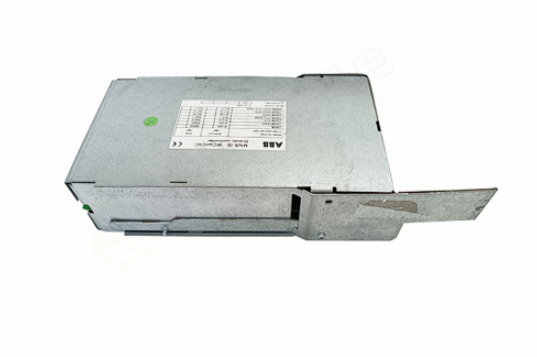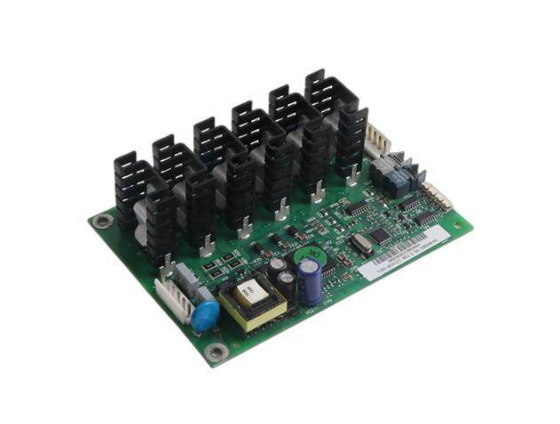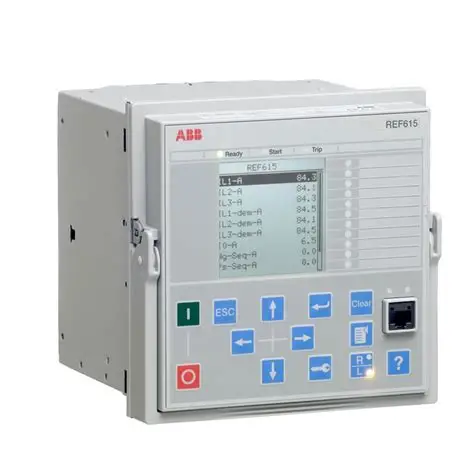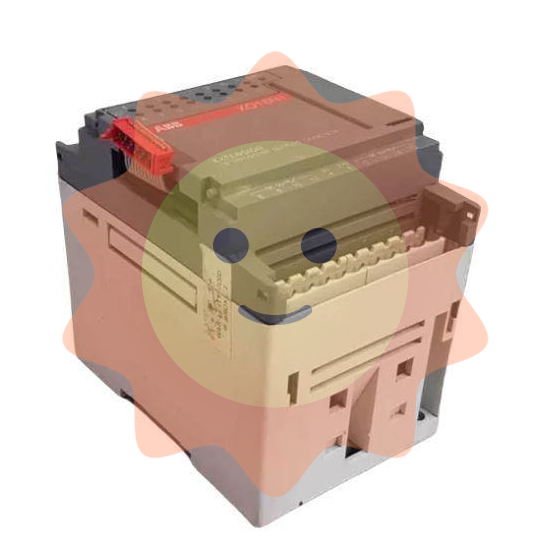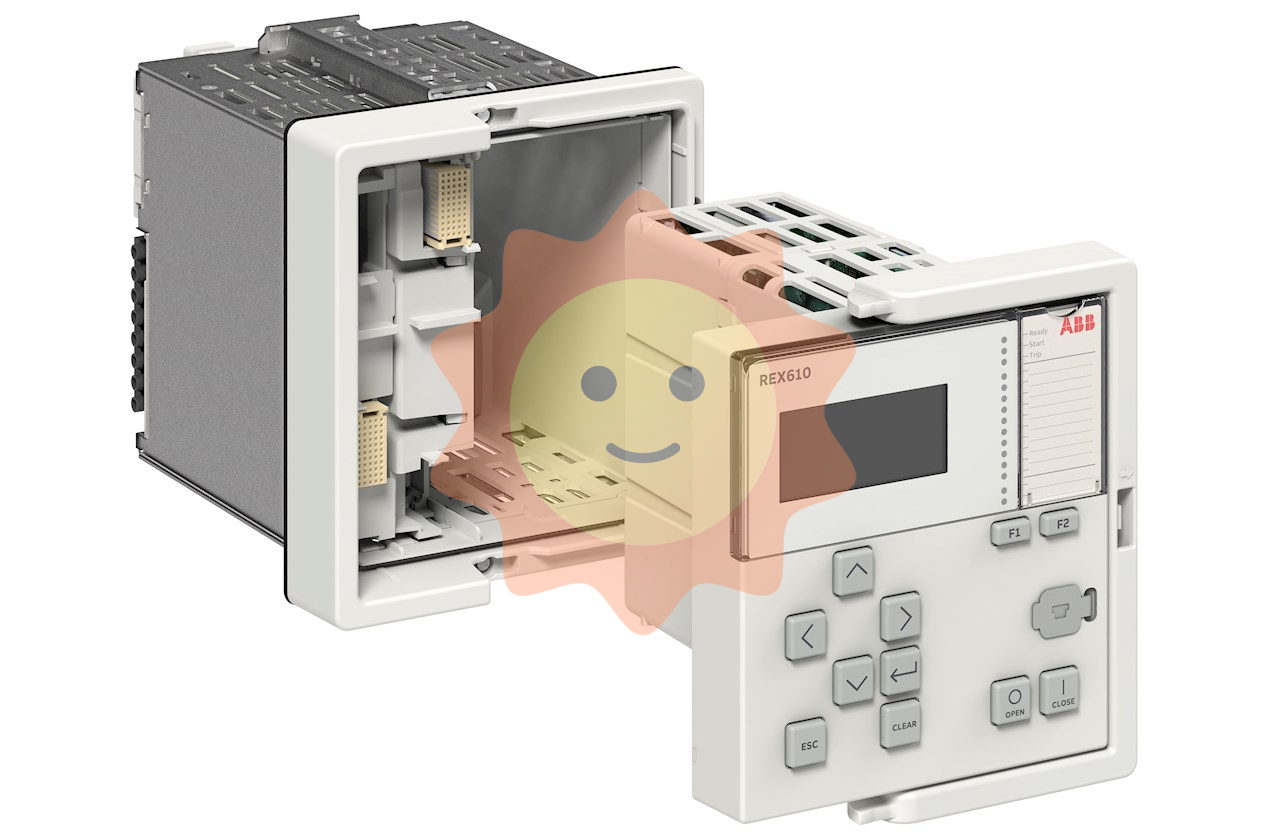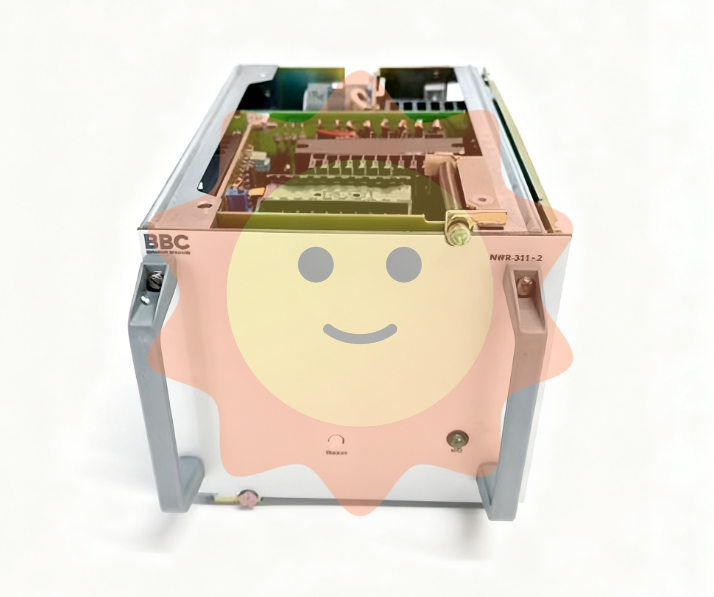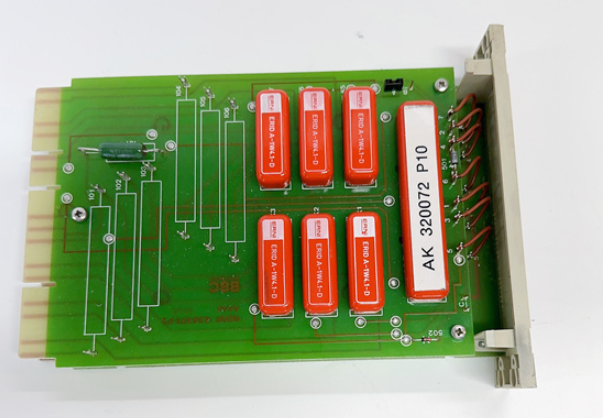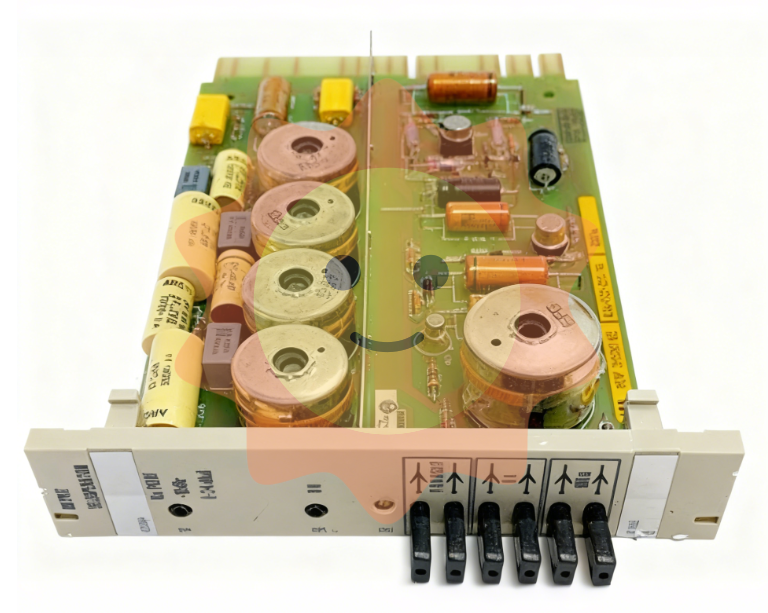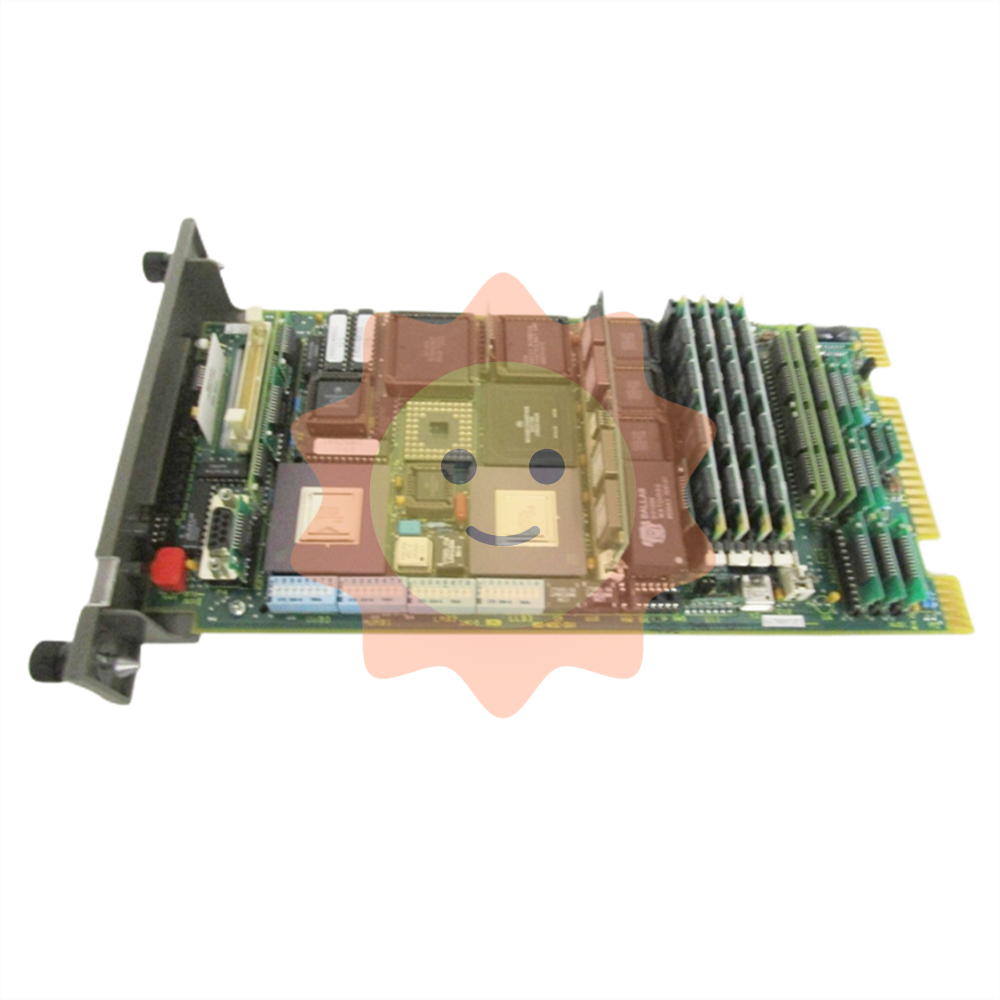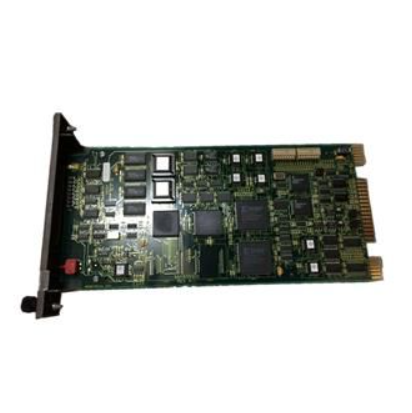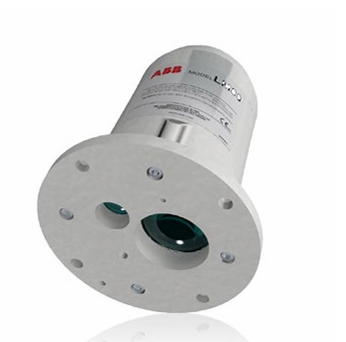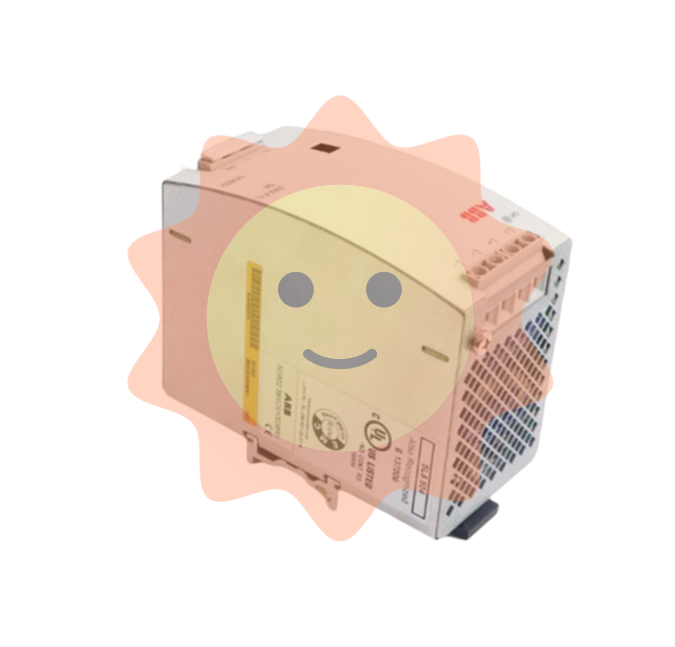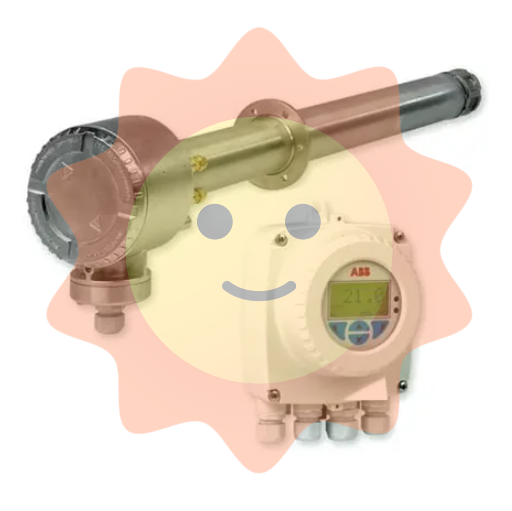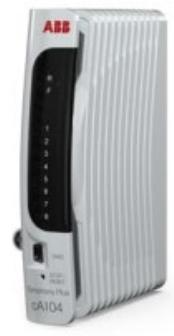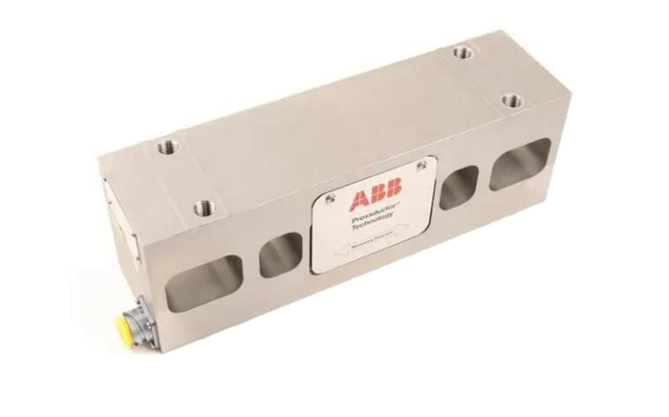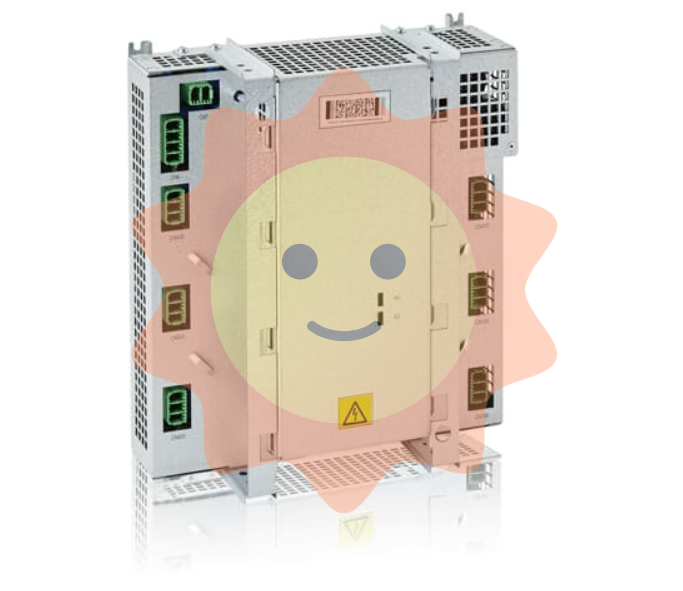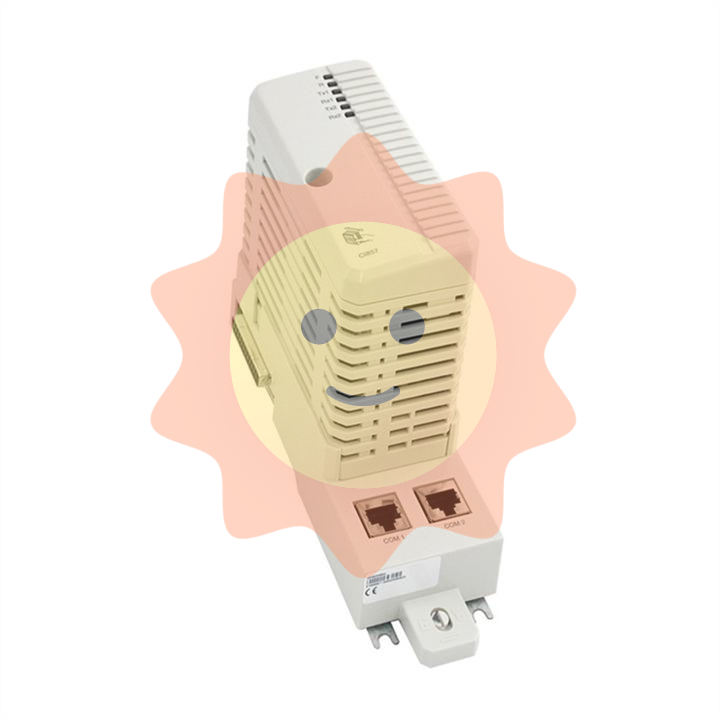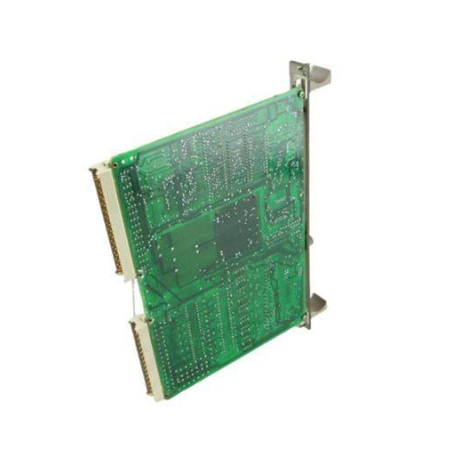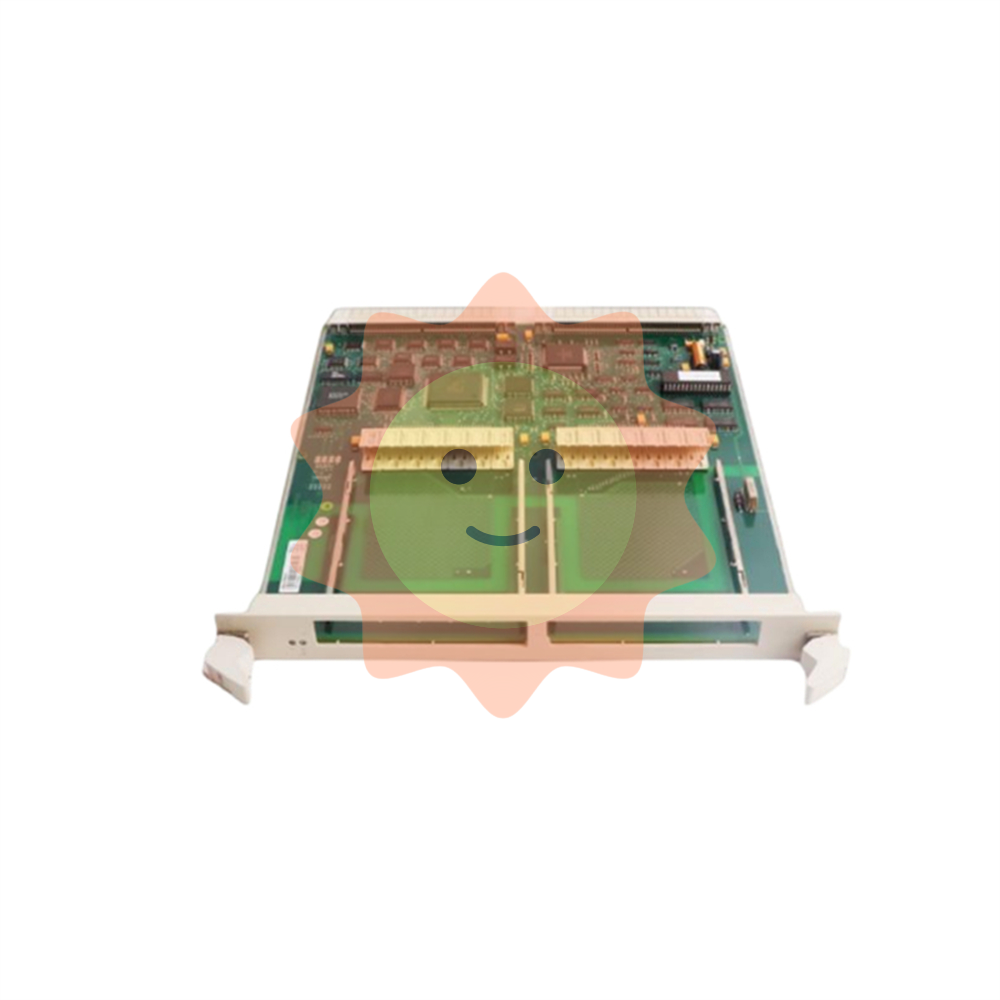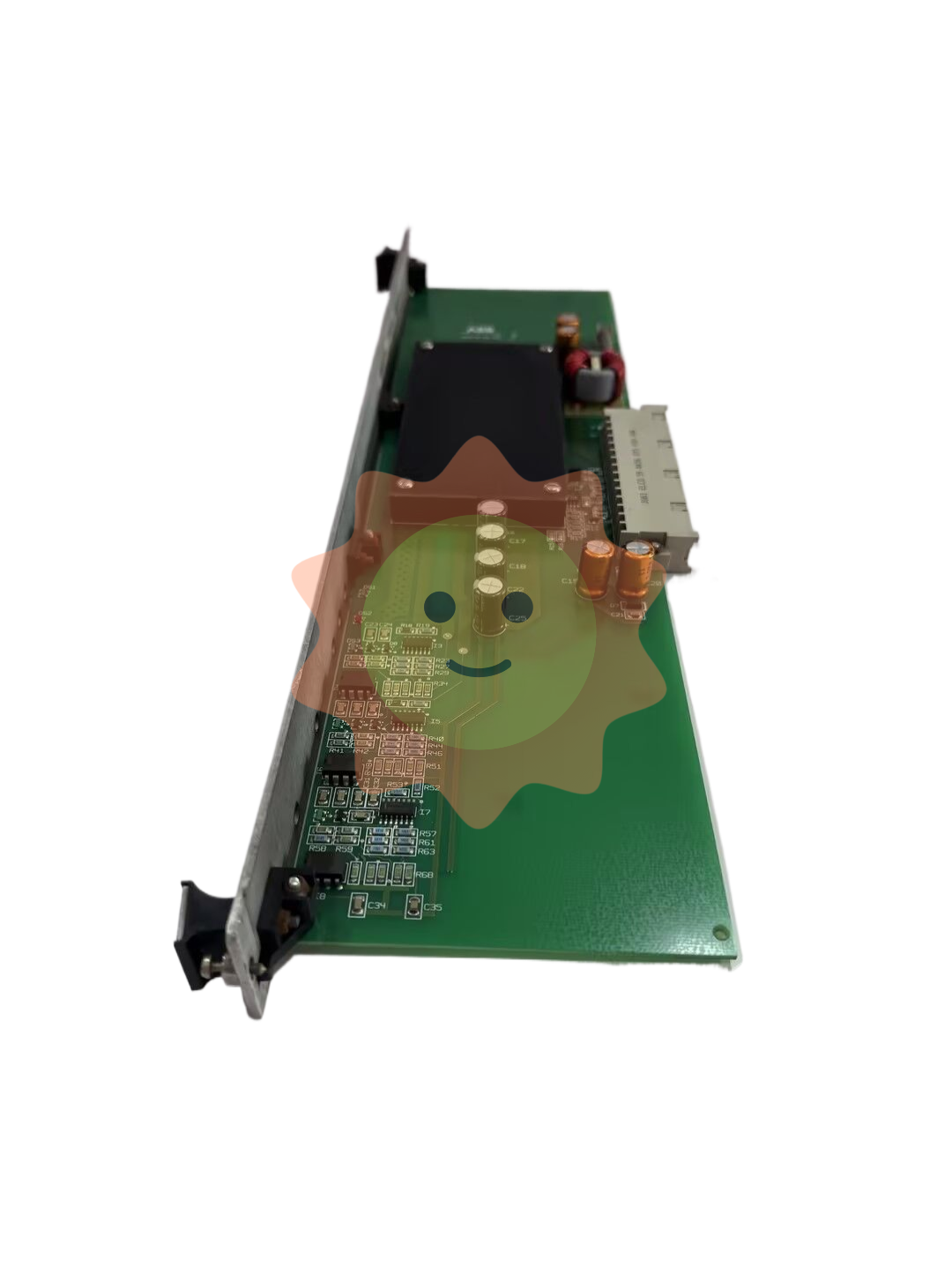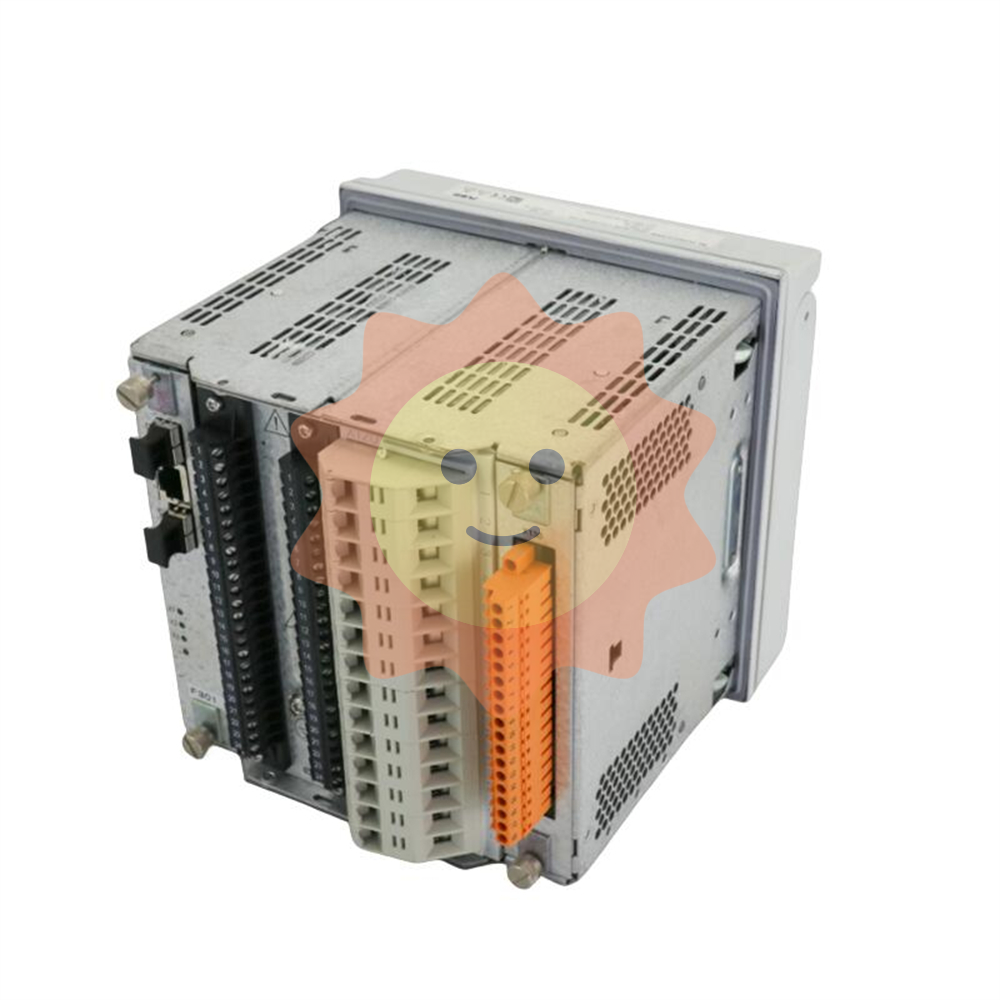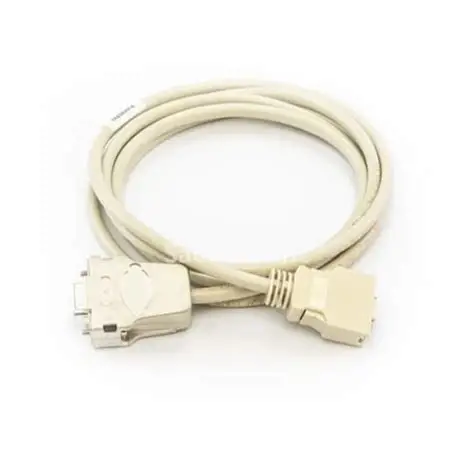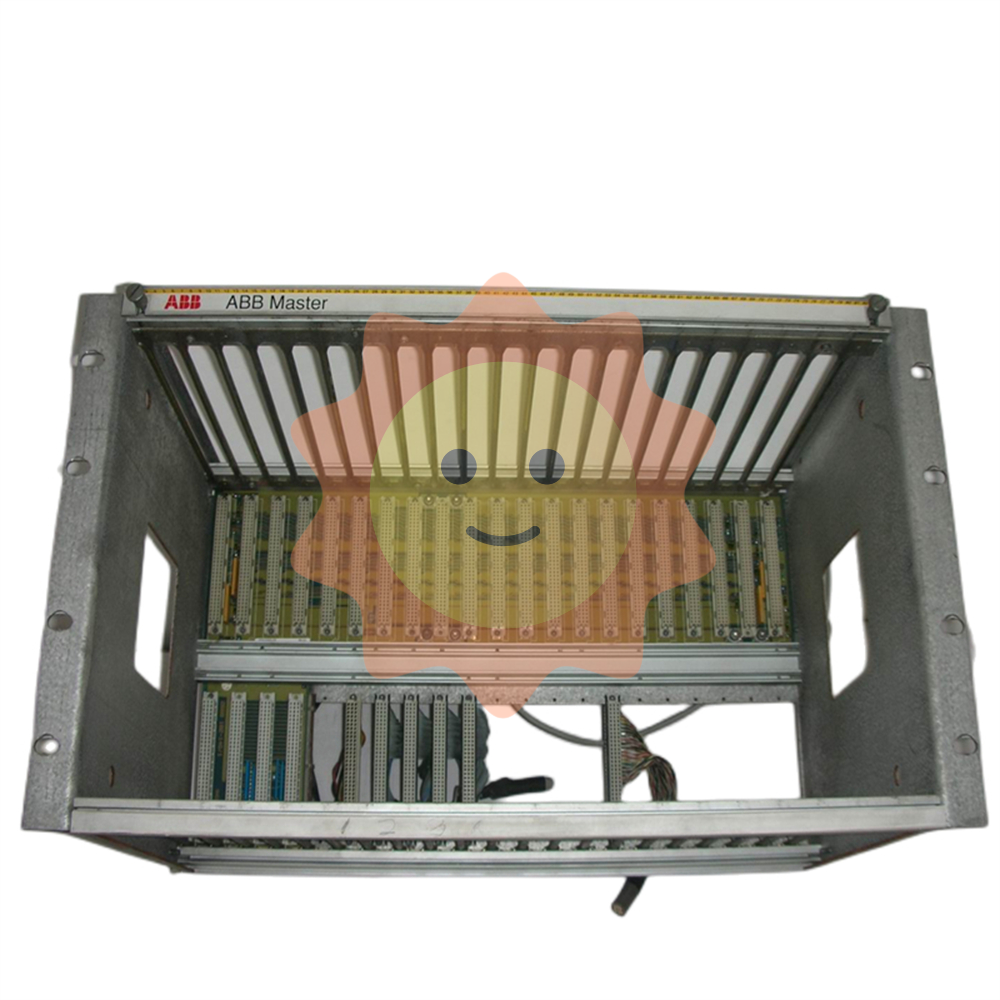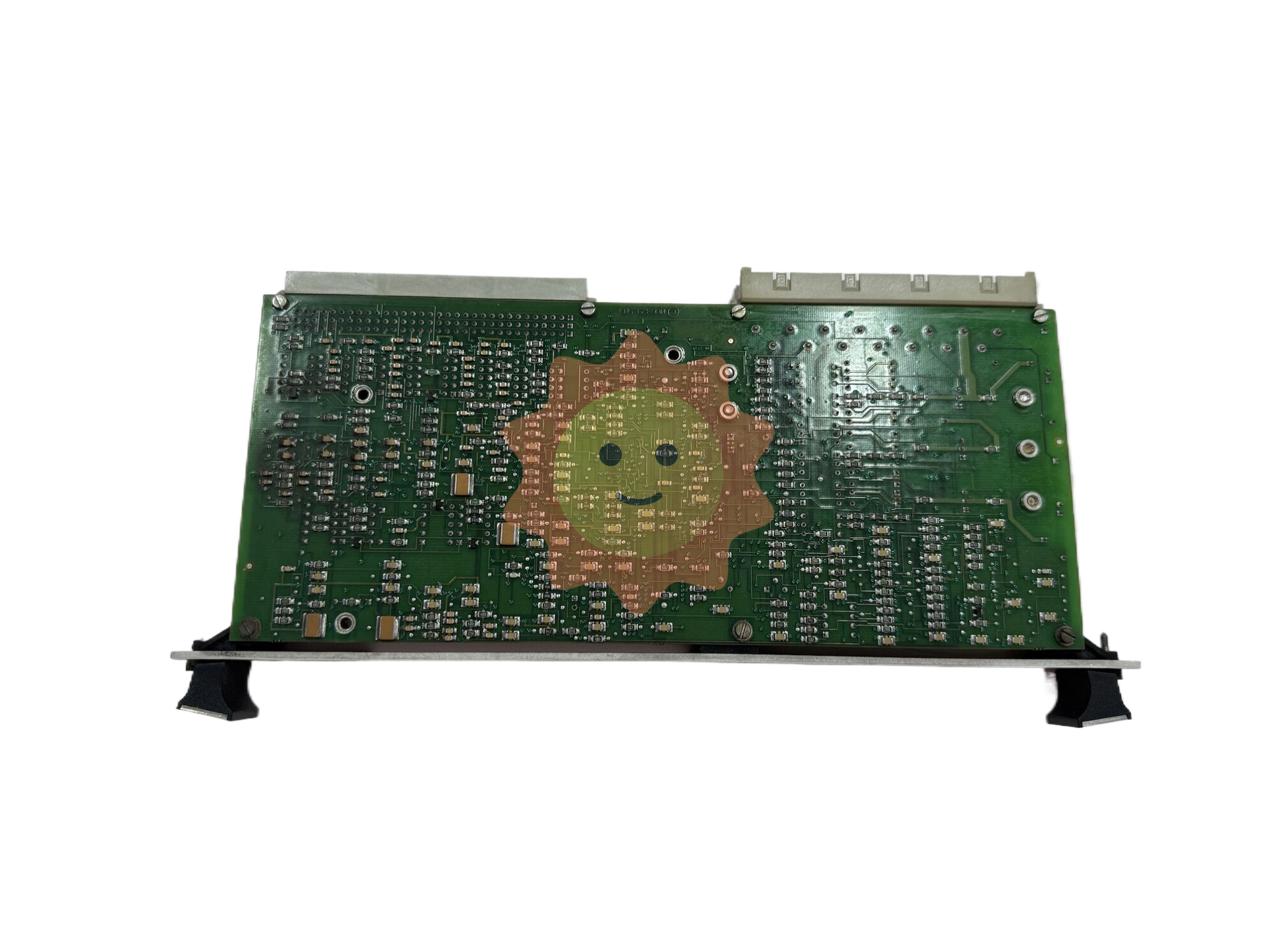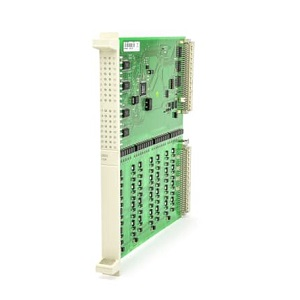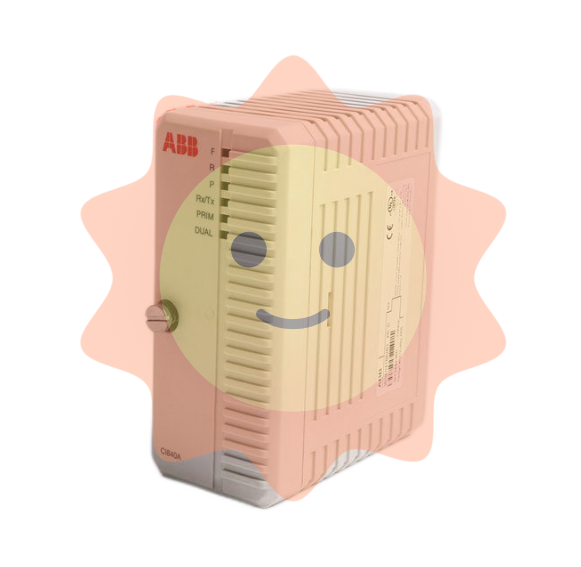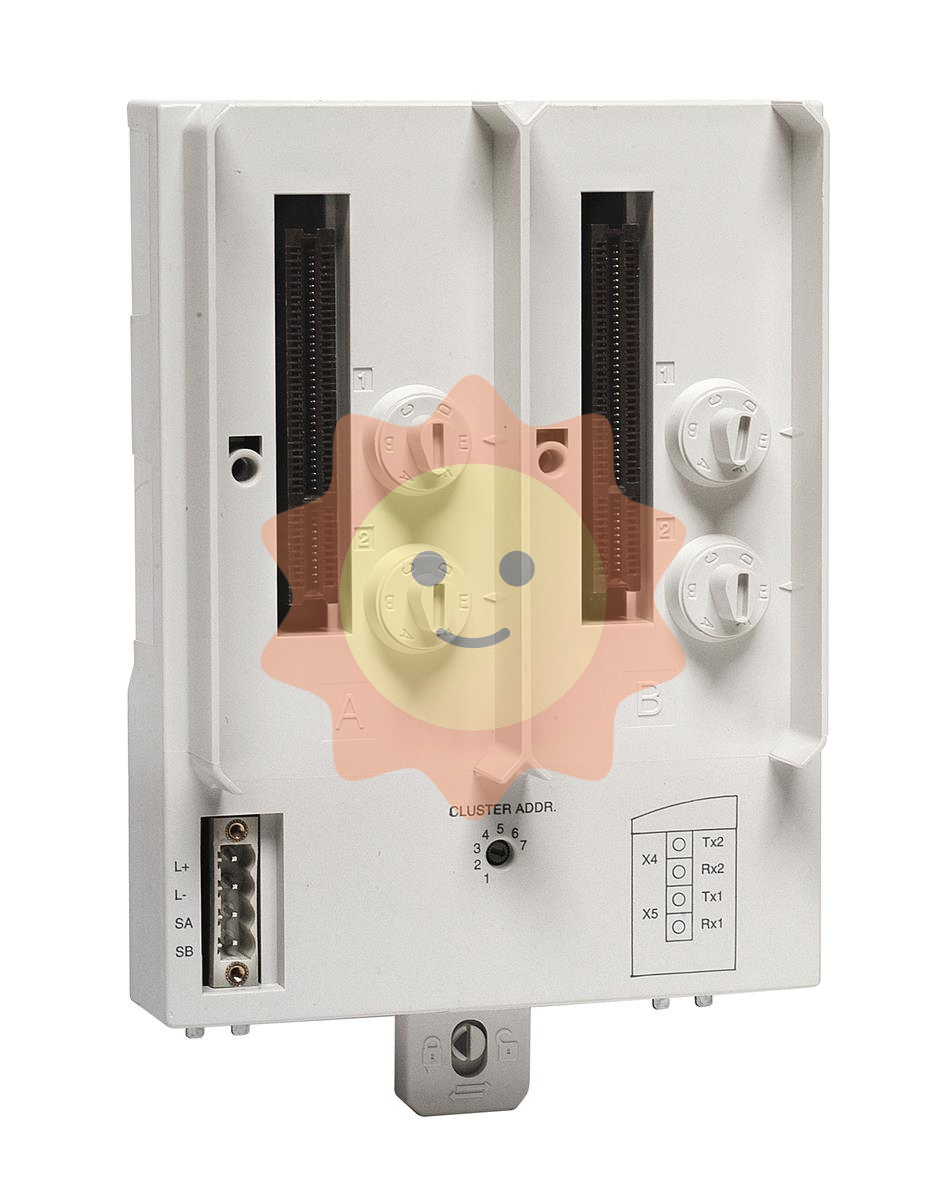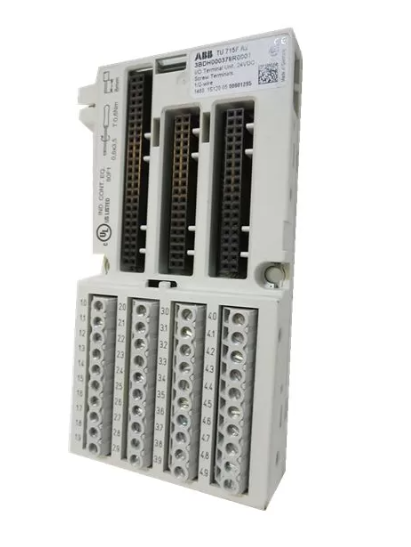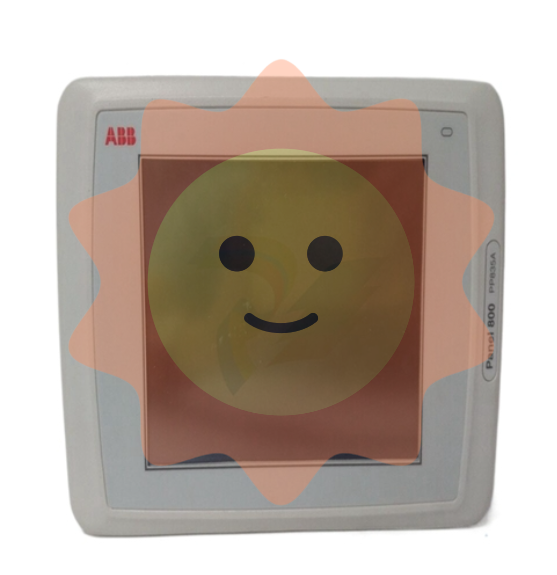XYCOM AOUT XVME-530 VME BUS 71530D 70530-001 BOARD
Software configuration and communication: Supports parameter configuration and function settings through supporting driver software, allowing users to easily set parameters such as output signal type, range, update rate, etc. Communicate with the control system through the VME bus, receive control instructions, and upload the working status information of the board, facilitating system integration and remote monitoring.
Working principle
This board card is connected to the main controller (such as CPU module) in the VME bus system through the VME bus interface, and receives digital control signals sent by the main controller. After the main controller issues an instruction, the communication interface module inside the board receives data from the VME bus and transmits it to the data processing unit. The data processing unit analyzes and processes digital signals, and distributes them to corresponding analog output channels based on set parameters and control logic. Each output channel is equipped with an independent digital to analog conversion (DAC) circuit, which converts digital signals into analog current or voltage signals. The converted analog signal is amplified, filtered, and processed by a signal conditioning circuit to meet the accuracy and driving capability requirements of the output signal. Finally, it is output to the external execution device through the output terminal to achieve control of the device. At the same time, the fault diagnosis circuit inside the board continuously monitors the output signal and the internal circuit status of the board. Once an abnormality is detected, the fault information is immediately fed back to the main controller and corresponding protective measures are taken.
Key advantages
High precision and stability: High quality analog-to-digital conversion chips and precise signal conditioning circuits are used to ensure high precision and stability of analog output. Even in complex industrial electromagnetic interference environments, it can maintain the accuracy of output signals, effectively reduce control deviations caused by signal fluctuations, and improve the quality and efficiency of industrial production.
Flexible configuration and scalability: Supports multiple types of analog output signals and flexible parameter configurations, and can be customized according to different application scenarios and device requirements. Based on the modular design of VME bus, it is convenient to combine and expand with other VME series boards, making it easy to build large-scale and complex industrial automation control systems to meet the constantly developing production needs of enterprises.
High reliability and anti-interference ability: Following strict industrial design standards, high reliability electronic components are selected and rigorously tested and verified. Having good electromagnetic compatibility (EMC), it can resist the impact of harsh environmental factors such as strong electromagnetic interference and power surges, ensuring stability and reliability during long-term continuous operation, reducing equipment failure rates and maintenance costs.
Easy to integrate and use: Provides comprehensive driver programs and development toolkits for easy integration with mainstream industrial control systems such as PLCs, industrial computers, etc. Users do not need complex programming and debugging work, and can quickly implement the functions of the board through simple configuration. At the same time, detailed user manuals and technical support documents provide users with comprehensive technical guidance, reducing the threshold and technical difficulty of use.
Precautions
Installation and wiring: When installing the board, be sure to ensure that the VME bus chassis is powered off to avoid short circuits or damage to the board caused by live operation. Strictly insert the card according to the number and direction of the VME bus slot, ensuring good contact. When wiring analog output signals, use shielded cables to reduce electromagnetic interference, and pay attention to distinguishing the wiring methods of current output and voltage output to avoid signal abnormalities or equipment damage caused by misconnection. At the same time, ensure that the power wiring is correct, verify that the voltage level is consistent with the requirements of the board, and prevent the board from being burned due to power supply errors.
Parameter configuration: Before use, configure the analog output signal type, range, update rate, and other parameters correctly through the supporting software according to the actual application requirements. During the configuration process, carefully check the parameter settings to avoid output signals that do not meet requirements due to parameter errors. After modifying the parameters, save the configuration in a timely manner and conduct testing to ensure that the board works properly.
System compatibility: When integrating into the VME bus system, confirm the compatibility of the board with other VME modules (such as CPU modules, communication modules, etc.). Check whether the clock frequency, data transmission protocol, and other parameters of the VME bus system match the board to avoid communication failures or board malfunction caused by system incompatibility.
- EMERSON
- Honeywell
- CTI
- Rolls-Royce
- General Electric
- Woodward
- Yaskawa
- xYCOM
- Motorola
- Siemens
- Rockwell
- ABB
- B&R
- HIMA
- Construction site
- electricity
- Automobile market
- PLC
- DCS
- Motor drivers
- VSD
- Implications
- cement
- CO2
- CEM
- methane
- Artificial intelligence
- Titanic
- Solar energy
- Hydrogen fuel cell
- Hydrogen and fuel cells
- Hydrogen and oxygen fuel cells
- tyre
- Chemical fiber
- dynamo
- corpuscle
- Pulp and paper
- printing
- fossil
- FANUC
- Food and beverage
- Life science
- Sewage treatment
- Personal care
- electricity
- boats
- infrastructure
- Automobile industry
- metallurgy
- Nuclear power generation
- Geothermal power generation
- Water and wastewater
- Infrastructure construction
- Mine hazard
- steel
- papermaking
- Natural gas industry
- Infrastructure construction
- Power and energy
- Rubber and plastic
- Renewable energy
- pharmacy
- mining
- Plastic industry
- Schneider
- Kongsberg
- NI
- Wind energy
- International petroleum
- International new energy network
- gas
- WATLOW
- ProSoft
- SEW
- wind
- ADVANCED
- Reliance
- YOKOGAWA
- TRICONEX
- FOXBORO
- METSO
- MAN
- Advantest
- ADVANCED
- ALSTOM
- Control Wave
- AB
- AMAT
- STUDER
- KONGSBERG
- MOTOROLA
- DANAHER MOTION
- Bently
- Galil
- EATON
- MOLEX
- Triconex
- DEIF
- B&W
- ZYGO
- Aerotech
- DANFOSS
- KOLLMORGEN
- Beijer
- Endress+Hauser
- MOOG
- KB
- Moxa
- Rexroth


Email:wang@kongjiangauto.com


